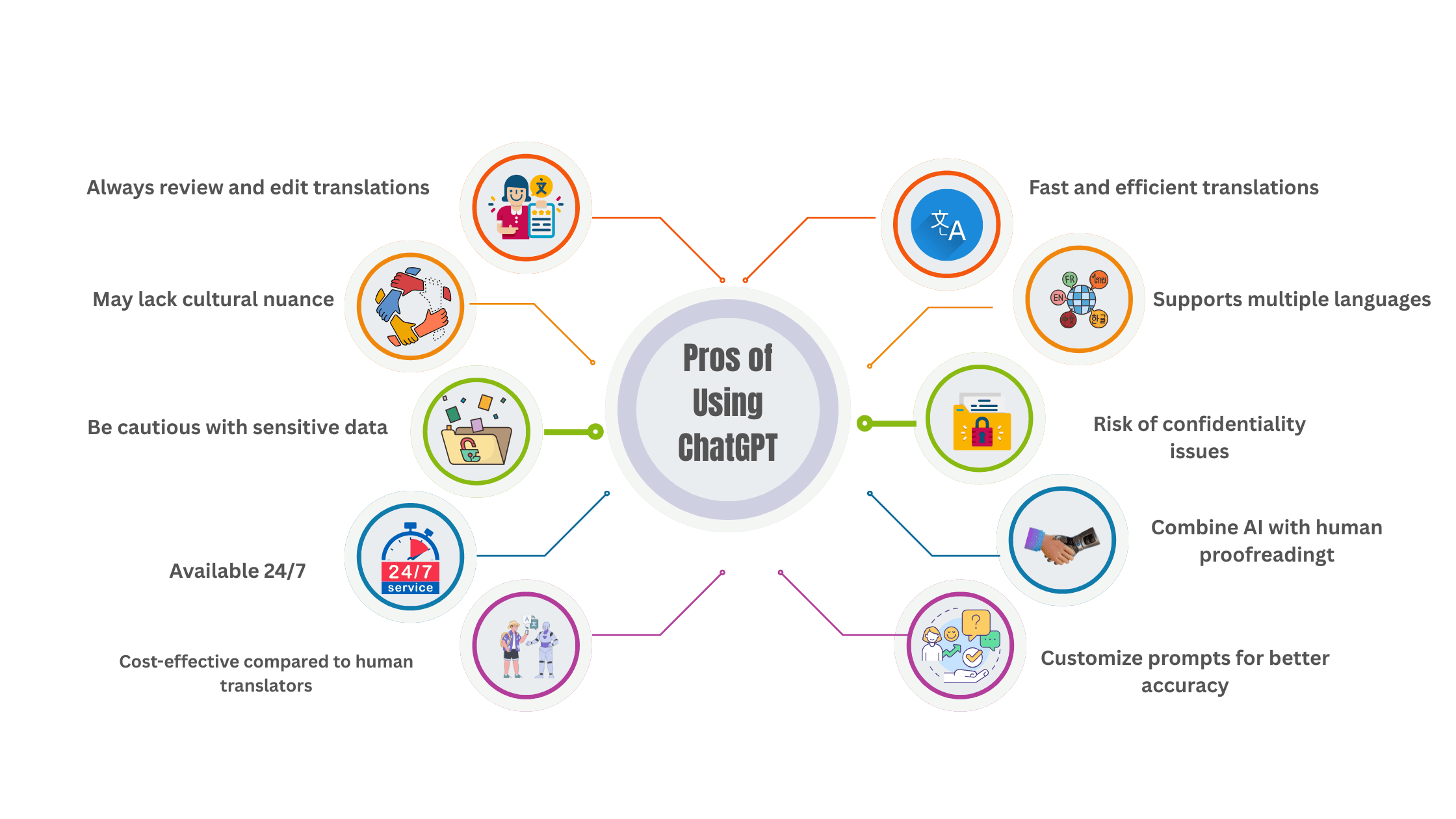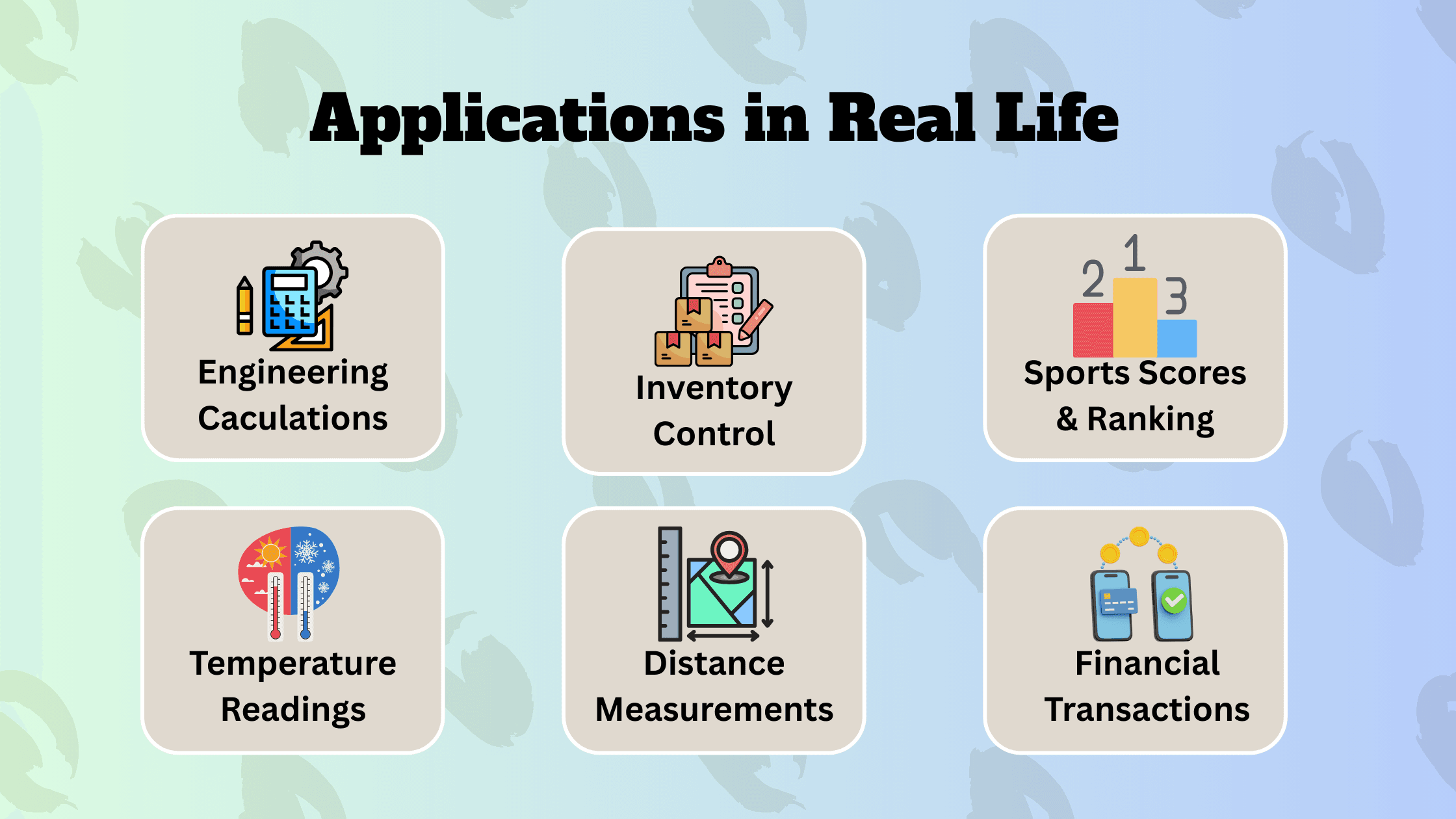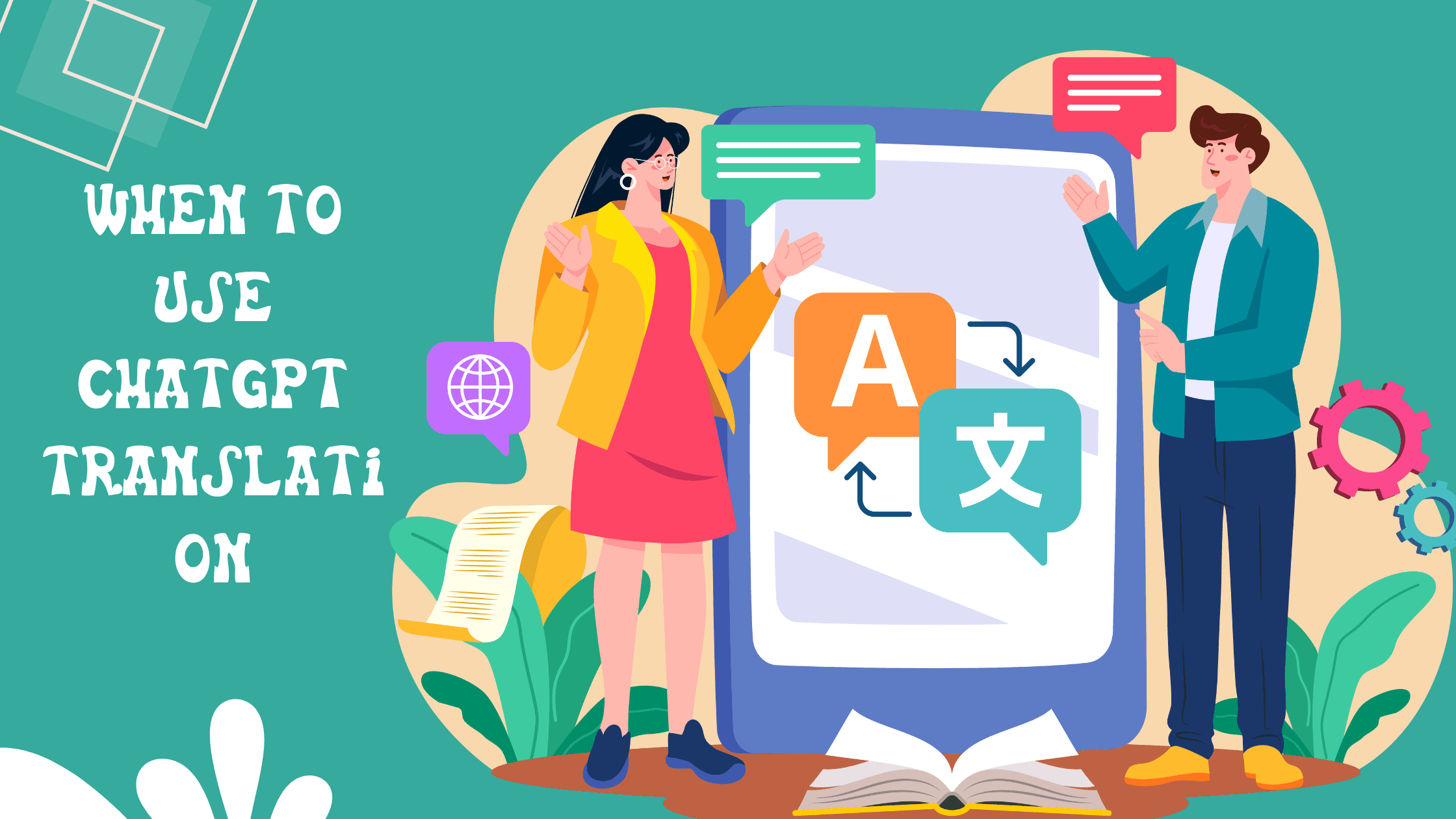With globalization in mind, businesses today are expanding into new markets at an unrelenting speed. But this comes with communication barriers. Translation becomes paramount for operational purposes, key marketing collateral, legal documents, customer service, and internal communication. In the past, businesses relied on professional human translators together with agencies; with the arrival of AI tools such as ChatGPT translate, however, this is no longer the one and only alternative. This blog will analyze the advantages and disadvantages of using ChatGPT for business translation while getting to some best practices to ensure you obtain the most reliable and professional results possible.

Chapter 1: The Rise of AI in Business Communication
Artificial Intelligence has struck a work-life balance, meeting and revolutionizing every aspect of human interactions-business from customer service chatbots to predictive analysis. Language translation has not been left behind. The evolution of AI-based tools to date-from the days of one-word-to-another translations to contextually-driven rendering-has been rapid. For example GPT translator tools like, ChatGPT do not merely convert words; it understands context, cultural nuance, and tone, hereby giving companies a cost-effective and scalable solution to translations. In contrast to older machine translation tools, ChatGPT holds the power to adjust for different terminologies in various industries, be it for legal or medical, technical, or marketing content. Such a turn is reshaping the business world towards language and cross-border communications.
Chapter 2: Pros of Using ChatGPT for Business Translation
1. Speed and Scalability ChatGPT translates a large volume of text in seconds, and this benefited businesses who are deadline-oriented. Be it the translation of website content, product descriptions, or internal memos; GPT translate functionality gets it done in no time so that businesses may scale up operations abroad, streaming past any delays.
2. Cost-Effective Hiring professional translators or agencies can get very expensive for small and medium-sized enterprises (SMEs). ChatGPT is an alternative that comes at a modest price but without the continual expense of keeping bodies on the job. Subscription or pay-per-use options make it economical for any size company.
3. Up 24/7 ChatGPT wouldn't require time off or breaks, unlike human translators. Such availability is especially worthwhile for global companies that operate across different time zones.
4. Consistent Terminology For technical industries like manufacturing, software, and healthcare, consistency of terminology is critical. By providing glossary and style guides in fine-tuning ChatGPT, translation work can be made consistent throughout all documents.
5. Customization and Fine-Tuning Through activities like prompt engineering, combined with custom instructions, businesses can customize the response of ChatGPT to align with their brand voice, favored terminologies, or legal requirements. This level of personalization was previously available via very expensive human services but is now available for companies of any size.
Chapter 3: Cons of Using ChatGPT for Business Translation
1. Possibility of Mistakes Although highly capable, ChatGPT is not perfect. It can misinterpret a fine nuance, use the wrong idiom, or omit reference to a culturally specific word. Small mistakes could spell disaster from even legal or financial documents.Even the best ChatGPT translate output may require oversight.
2. Cultural Insensitivity Language does not constitute culture. An accurate grammatically correct translation can help distort the literal meaning. This can cause a breach in the reputation of marketing campaigns, slogans, and such between brand communications.
3. Limited Scope for Complex Document Operations Most complicated or legally binding documents will still require human expertise. ChatGPT misreads complicated clauses or jargon.
4. Security and Confidentiality Considerations Security of data- businesses uploading sensitive documents to AI platforms must evaluate data security. Companies such as OpenAI do have credible, stiff security protocols, but companies operating in highly regulated industries may have to play safe.
5. Need for Human Review Best practices still require the human review of any AI-generated translation, especially for crucial content. The additional step, even though necessary, defeats the purpose since it takes time and costs savings.

Chapter 4: Best Practices for Using ChatGPT for Business Translation
1.Use Clear and Structured Source Texts The better your original text reads, the better than ChatGPT will perform with it since they do not have to fill in the gaps left by slang, idioms, or overly convoluted sentence structures. Structured, straightforward writing tends to lead to better translation quality.
2. Provide context If possible, enter specific information about the translation for ChatGPT such as purpose, audience, and tone. For example: "Translate into formal legal Spanish for an audience in Spain." This helps the AI to adjust its judgment into making accurate translations.
3. Impose Human Oversight Critical translations are always best reviewed by a relevant human reviewer. Even if ChatGPT gets 95% of the way there, that 5% margin could lead to misunderstandings or costly mistakes.
4. Create Glossaries and Style Guides There is a definite worth in developing internal glossaries and style guides for firms that regularly find the need to translate. These resources could be fed into the AI's prompt or context to improve consistency across translations.Effective ChatGPT translation results rely on such structured inputs.
5. Test and Fine-Tune Do preliminary testing before launching ChatGPT into full operations on a giant resource. Change sample text into such and analyze how it sculpts, and then refine approach. Fine-tuning guarantees improved quality and minimizes surprises after the fact.
Chapter 5: Applications in Real Life
1. Expansion into E-commerce Especially nowadays, most e-commerce sites have thousands of product descriptions to be translated into numerous variations in languages. Customers using translate ChatGPT can exponentially increase the speed on which quick localising of those product catalogues can be achieved, leading to a faster entry into new geographical markets.
2. Customer Services Global companies might employ ChatGPT to provide translation services for their customer correspondence, FAQs, and live chat, with no significant uplift in support resources required for better customer service.
3. Internal Communication ChatGPT can be used by multi-nationals to translate internal documentation, training materials, and company announcements, so that the message can be received by all employees across countries and languages.
4. Marketing Programs Although the final marketing material would have to be reviewed by a real human being, ChatGPT can quickly churn out translations of ads, social media posts, or promotional-associated materials, accelerating the entire creative process.

Chapter 6: Trends of the Future
The coming time will see an even larger role for AI in translation. We can expect: Real-time voice translation through models like ChatGPT translation, allowing for direct multilingual meetings. Specific industry AI models that will be trained with legal, medical, or technical parlance to improve precision. More tightly linked with business tools, such as CRMs, project management software, or e-commerce systems. Better cultural adaptation as AI models no longer train purely on language but now include cultural norms and values. Any enterprise that makes an early investment in AI for translation has the edge over its competitors in the global marketplace.
Chapter 7: When to Use (and When Not to Use) ChatGPT for Translation
Whenever ChatGPT Can Do:
When speed is of the utmost consideration
When the subject matter is non-essential (e.g. internal memos, product descriptions)
When the budget does not permit human translation
When consistent terminology is paramount
When not to rely solely on ChatGPT:
When legally translating contracts
When sensitive and/or confidential information is involved
When creating marketing campaigns of high stakes
When dealing with high cultural content in a nuanced way
Often, a hybrid of AI + Human review will make the best way forward.

Conclusion
A fine tool in ChatGPT translater to accelerate economic and easy translation, aiding businesses to position themselves in a better way to the larger global arena. Success, however, comes with-wise application, knowing the strength and weaknesses of this tool.
By best practices, that means crystal clear source texts, contextual prompting, human translation review, and respect for local regulations- businesses will harness the power of AI translation maximally and at the least risk.
Business translation is here and in AI. Those who duly and thoughtfully will embrace this technology will find more favour to succeed in the ever-more-intertwined global economy.